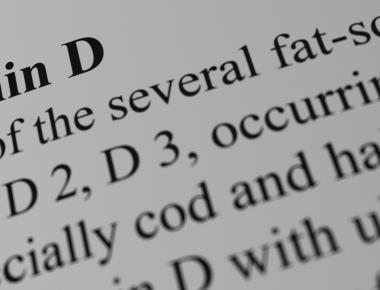
The Effects of Magnesium Sulfate on the Prevention of Post-Spinal Anesthesia Shivering

Table Of Contents
The Side Effects of Spinal Anesthesia
Spinal anesthesia (SA) is a reliable and convenient technique, especially for procedures wherein the patient should remain conscious, such as transurethral resection of the prostate syndrome. However, SA can cause hypothermia and shivering, which interferes with proper monitoring and is associated with several adverse effects, such as increased heart rate, lactic acid level, metabolic carbon dioxide production, and postoperative pain from surgical incision stretching.
What is Dexmedetomidine?
Dexmedetomidine is a drug that helps reduce the amount of shivering that happens after surgery by working on the central nervous system. It is effective and safe when used intravenously, but fewer studies have looked at its use intrathecally (injected into the spinal cord). Intravenous magnesium sulfate (MgSO4) has also been shown to help reduce shivering. So far, no adverse reaction has been reported on either drug.
This study aimed to compare the effects of dexmedetomidine and MgSO4 intrathecally administered on the prevention of post-SA shivering.
The Study on the Comparison of Dexmedetomidine and MgSO4 in Preventing Post-Spinal Anesthesia Shivering
This prospective randomized controlled trial included 105 patients scheduled for uroscopic surgery. The patients were randomly and equally allocated into three groups — Group C received hyperbaric bupivacaine in saline, Group M received hyperbaric bupivacaine and MgSO4 in saline, and Group D received hyperbaric bupivacaine and dexmedetomidine in saline. The primary outcomes were the incidence of shivering and its intensity. The secondary outcomes were the occurrence of hypothermia, sedation, pethidine use, and incidence of complications.
The Results
Group C showed a significantly higher proportion of patients who developed shivering and required meperidine to treat shivering than groups M and D, which were comparable to each other. The three groups were comparable regarding the incidence of vomiting, nausea, hypotension, and bradycardia. All the patients in group C, 32 in group M and 33 in group D had a sedation score of 2 (patient was cooperative, oriented and tranquil). Three patients in group M and two patients in group D had a sedation score of 3 (patient only responded to commands).
The Conclusion
Intrathecal injections of dexmedetomidine and magnesium sulfate effectively reduced the incidence of post-spinal anesthesia shivering. Therefore, we encourage the use of magnesium sulfate, as it is more readily available and much less expensive than dexmedetomidine.
Reference
Related Posts



Quick Links
Legal Stuff




